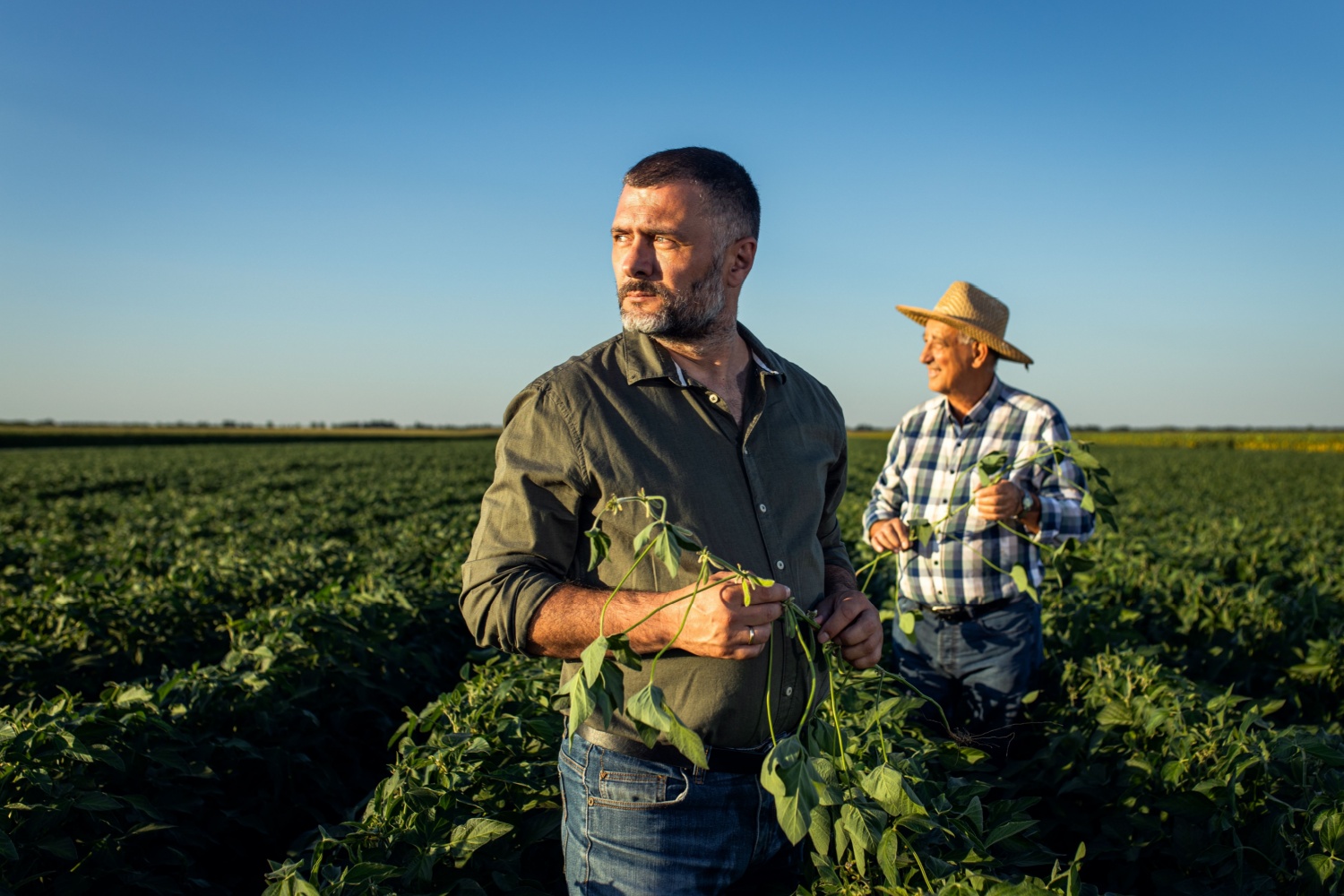The recent WASDE report from the USDA confirmed that this year’s crops have great potential. Now, it’s important for farmers to keep a close eye on their crops and do whatever they can to realize those potential yields. Kurt Maertens, BASF technical service representative in Eastern Iowa, said he has observed some great crop conditions in his area, but there are still some issues to monitor.
“For the last two weeks, I’ve spent a lot of time walking corn and soybean fields with our customers, checking out how this crop is going to finish out. And yes, we’ve got a lot of very good crops out there. However, it’s not perfect, and we have seen — or I am seeing — a lot of fungal disease with both corn and soybeans, which is to be expected when we’ve had as much precipitation as we’ve had this year. A lot of my areas, especially on the Iowa side of the river, have had anywhere from 8 to 20 inches of precipitation in the month of July alone, on top of somewhere around 4 to 8 inches in the month of June. And now in August again, that precipitation continues. I know in Scott County, where I live, we were dumped with another 3 to 4 inches just in the past couple of days. So, we continue to stay wet, and that continues to drive this fungal disease that we see in both corn and soybeans.”
Maertens said he is seeing a lot of fungal diseases right now, with tar spot being particularly prevalent.
“Well, we’ve been seeing a lot of fungal disease, especially in corn, going back in June, when our first tar spot lesions showed up. Those are the little, small black lesions — look like little drops of tar — that are on the leaf surface. But we’ve got all of our other diseases out there: northern corn leaf blight — it’s going to be a long, cigar-shaped gray lesion — gray leaf spot, which is gonna be a rectangular lesion. The big one: southern rust. And southern rust are small, orangish pustules, and you’re gonna see a whole bunch of them in a cluster.”
Maertens said tar spot has been especially problematic for farmers who did not apply fungicide to their fields
“And they’ve really taken a toll on acres that were not treated with a fungicide. Folks that use a product like ours — Valtima fungicide — are going to get a big payback with that, because Valtima, applied before these diseases set in, is really shining out there. It’s really holding up well, protecting these plants from this — just this onslaught of fungal diseases that we’re seeing this year. This is really going to help protect a lot of yield potential in these plants.”
Selecting the proper seed hybrids is also critical in managing diseases, and Maertens said there will be a huge difference between varieties this year
“Some of these hybrids are handling this disease a lot better. Same thing can be said about soybean varieties that are showing a lot of disease right now as well. You see these big differences in these products. Folks need to pay attention. It’s a good time right now — between now and harvest — to get into your local plots that have a lot of different hybrids and varieties. You can see these differences right now. They’re really starting to show up. And those differences will only get better to see. Again, same thing with the fungicide — look at the differences between products out there. That’s how we learn: getting out there, scouting, looking at these plots and trials. Really see these differences, because these differences are going to be huge this year.”
For more information, visit agriculture.basf.us.


